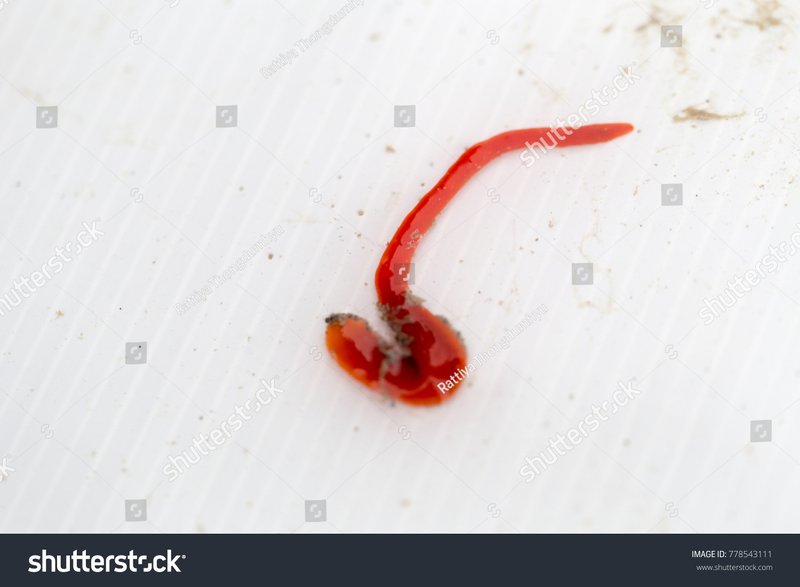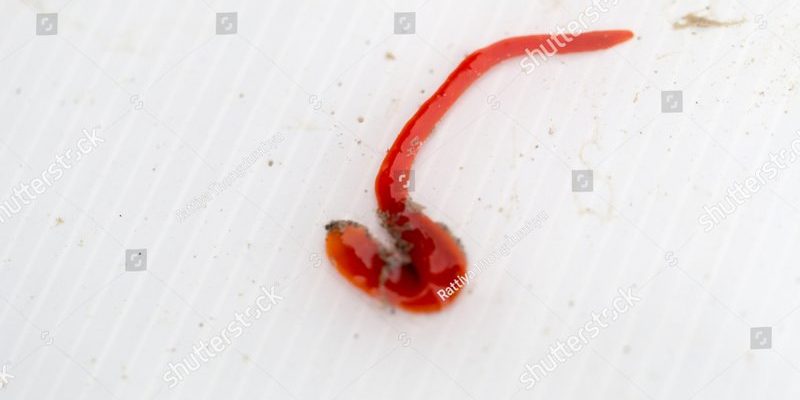
Let’s dive into the murky waters of this topic. Bootlace worms, or *Lineus longissimus*, have a unique and impressive ability—they can stretch to impressive lengths, sometimes exceeding 30 meters! However, their beauty doesn’t shield them from the impacts of human activity. Pollution can take many forms, from chemicals leaching into the water to microplastics infiltrating ecosystems. As we explore the effects of pollution on bootlace worms, we’ll uncover how these fascinating beings cope with a changing environment and what that means for our oceans.
What Are Bootlace Worms?
Bootlace worms are part of the annelid family, which means they share a connection with earthworms and leeches. These worms are known for their incredible length and distinct appearance. Their bodies are often brightly colored, adding a splash of vibrant beauty to the ocean floor.
You might be wondering how they live. Bootlace worms are typically found in sandy or muddy seabeds where they can easily hide from predators. They feed on small organisms and detritus, which makes them crucial players in their ecosystem. It’s like they’re nature’s recyclers, breaking down waste and keeping the ocean clean.
However, when we discuss pollution, we can’t overlook how these creatures might be affected. With rising levels of toxins and waste in the water, it’s essential to understand how their habitats—and, ultimately, their existence—are impacted.
Types of Pollution Affecting Marine Life
Pollution comes in various forms, and each type can affect bootlace worms differently. Here are some major types to consider:
- Chemical Pollution: This includes harmful substances like pesticides, heavy metals, and industrial waste that can seep into ocean waters.
- Plastic Pollution: Microplastics are tiny pieces of plastic that result from larger plastic breaking down. They can enter the food chain, affecting organisms at all levels.
- Nutrient Pollution: Runoff from agriculture can lead to an excess of nutrients in the water, resulting in algal blooms that consume oxygen and harm marine life.
Each of these pollution types can create an uphill battle for bootlace worms. For instance, when heavy metals are present in their environment, it can lead to toxicity in their tissues, ultimately affecting their health and reproduction.
How Do Bootlace Worms Respond to Pollution?
Bootlace worms have some fascinating adaptations. While they’re not completely immune to pollution, they have developed specific responses that help them survive in contaminated environments.
Here’s the thing: bootlace worms can sometimes tolerate higher levels of pollutants than other marine creatures. They use their regenerative abilities to recover from damage caused by toxins in their environment. Imagine having the superpower to heal yourself at will! Unfortunately, this doesn’t mean they’re entirely safe. Overexposure can still lead to decreased populations, affecting their role in the ecosystem.
Additionally, when pollutants like microplastics invade their habitats, bootlace worms can mistakenly ingest these fragments. This can lead to a buildup of toxins in their bodies, potentially transferring through the food chain. So, while they can fight back, the fight isn’t always a fair one.
The Impact of Pollution on Bootlace Worm Populations
As pollution levels rise, so does the concern for bootlace worm populations. Studies show that areas heavily polluted with industrial waste or agricultural runoff often have lower biodiversity, which affects the food web. With fewer bootlace worms, other species that rely on them for food may face challenges as well.
Moreover, a decline in bootlace worm numbers can disturb their role in nutrient cycling. Since these worms contribute to breaking down organic material, fewer of them can lead to imbalances in the marine ecosystem. Think of it like a ripple effect—the absence of one species can impact many others.
What Can We Do to Help Bootlace Worms?
While it might feel overwhelming to tackle pollution, there are simple steps all of us can take to help protect bootlace worms and marine life in general:
- Reduce Plastic Use: Opt for reusable bags and containers to cut down on plastic waste.
- Support Clean-Up Initiatives: Join local beach clean-ups to directly help reduce pollution in marine environments.
- Advocate for Policy Changes: Support legislation aimed at reducing industrial discharge and promoting sustainable agriculture.
These actions may seem small, but combined, they can create significant change. Every little bit helps in the fight against pollution and its impact on our precious marine life.
Bootlace worms are remarkable creatures that play a vital role in our ocean ecosystems. They face numerous challenges due to pollution, but their resilience is a testament to nature’s adaptability. Understanding the impact of pollution on bootlace worms not only helps us appreciate these amazing species but also encourages us to make conscious choices for a healthier planet.
By taking steps to reduce pollution, we can help ensure that bootlace worms and other marine organisms thrive in their environments. So, the next time you’re at the beach or near a body of water, think about these beautiful, long creatures and how your actions can help protect them. Together, we can make a difference, one step at a time.

